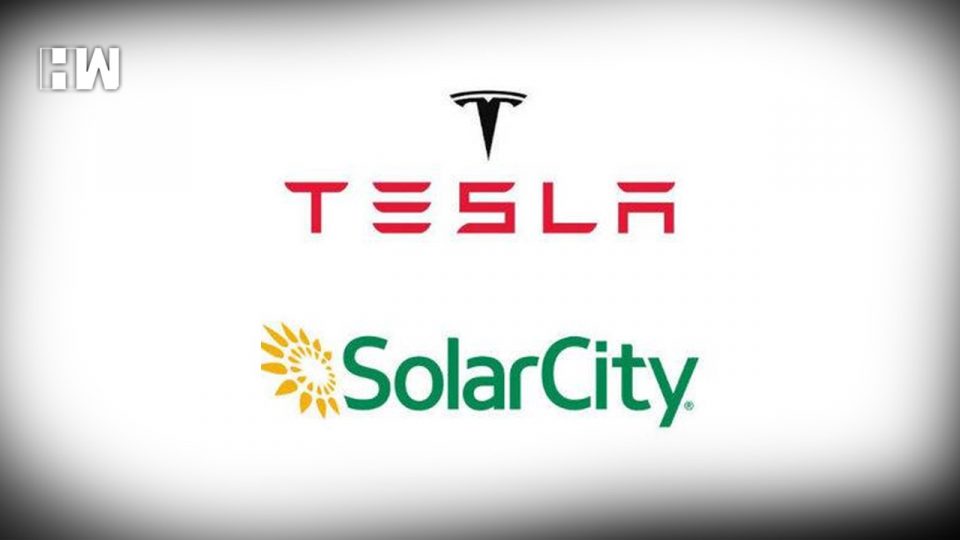Electric car maker Tesla Inc announced last week that it will lay off 9 per cent of its employees and will sharply downsize the residential solar business. The business was bought two years ago in a very controversial $2.6 billion deal, according to three internal company documents and seven current and former Tesla solar employees.
About 60 installation facilities currently remain open, according to an internal company list. An internal company email named 14 facilities bound for closure, but the other list included only 13 of those locations.
Tesla did not comment on which sites it planned to shut down, how many employees are likely to lose their jobs or what percentage of the solar workforce they would represent.
The company said that cuts to its overall energy team will include batteries to store power are in line with the broader 9 per cent staff cut.
“We continue to expect that Tesla’s solar and battery business will be the same size as automotive over the long term,” the company said in a statement to Reuters.
The operational closures, which were not alleged previously raise new questions about the viability of cash-strapped Tesla’s solar business and Musk’s rationale for a merger he once called a “no-brainer”. However, some investors have panned as a bailout of an affiliated firm at the expense of Tesla shareholders. Before the merger, Musk had served as chairman of SolarCity’s board of directors.
The offices that are likely to be targeted for closure, as said in the internal mail were located in California, Maryland, New Jersey, Texas, New York, New Hampshire, Connecticut, Arizona and Delaware.
The company also fired dozens of solar customer service staffers at call centres in Nevada and Utah, according to the former Tesla employees, some of whom were terminated in last week’s cuts. Those employees spoke on condition of anonymity because making public comments could violate the terms of their severance packages.
Tesla has been burning through cash as it tries to hit a target of producing 5,000 Model 3 electric sedans per week after production delays. The company faces investor pressure to turn a profit without having to tap Wall Street for additional capital.
Analysts questioned Tesla’s plans for the solar business in light of the latest cuts to staff and retail operations.
“In effect, they seem to be saying, ‘We have no strategy for selling solar,’” said Frank Gillett, an analyst at Forrester Research, adding that the SolarCity purchase “looks pretty awful right now.”
As an independent media platform, we do not take advertisements from governments and corporate houses. It is you, our readers, who have supported us on our journey to do honest and unbiased journalism. Please contribute, so that we can continue to do the same in future.

